The recovery journey for open heart surgery involves three things: pain killers, a recliner and a flat screen television. Thanks to our new TV’s ability to access the internet, we’ve fallen into a deep and unlikely YouTube hole: Jas. Townsend and Son’s 18th century cooking videos.
Jas. Townsend and Son is the most unlikely business I can imagine. They manufacture and sell 18th century clothing, cookware, camp equipment and housewares though a brick and mortar shop in Pierceton, Indiana. Founder James John Townsend is one of the most prolific and accomplished YouTubers I’ve encountered. His cooking videos feature professional lighting and sound (rare in the YouTube universe) and look like something PBS would (should?) make. And Townsend has produced over 500 videos giving Kelly and I a chance to spend many evenings catching up on the finer points of pemmican, hardtack and pickled smelt.
Neither of us are historical reenactors, though Kelly sometimes accuses me of trying to relive the 1990s. But you need not be into historical reenactment to appreciate Townsend’s well researched videos. You can tell he’s having a good time making them too.
Kelly wanted me to highlight the portable soup video I embedded above. And note that it’s just one of four videos on portable soup! There’s also a fascinating series on 18th century breads. If Townsend’s video output isn’t enough for you he’s got a website containing the recipes and videos called Savoring the Past. Does Townsend sleep? I’m glad he doesn’t because we’ve both been enjoying his creative output.
And, lastly, a note on Kelly. She thanks you all for your kind comments, thoughts and prayers. Getting over a surgery like this is no picnic. It’s more akin to eating hardtack and suet by the side of a meager fire (thank you Townsend and Son for the metaphor). It will be awhile before Kelly can blog again but she wants me to tell you how much she appreciates your support.

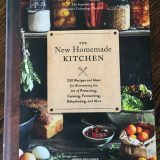
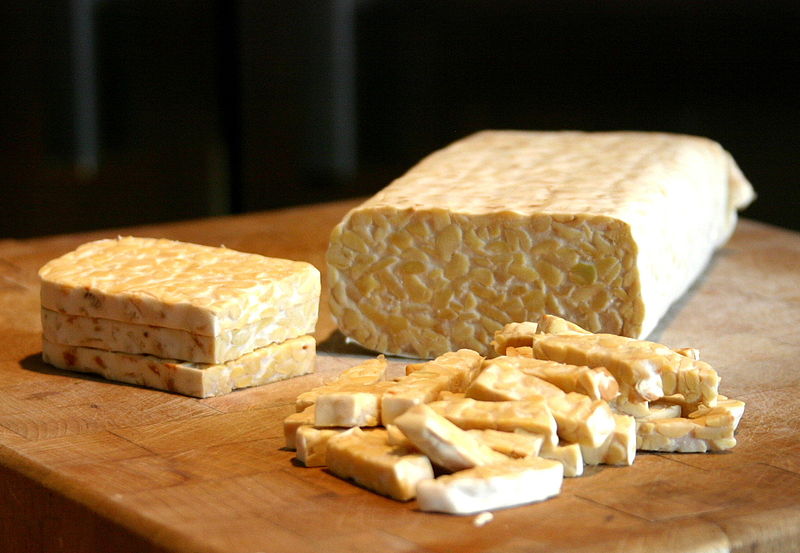
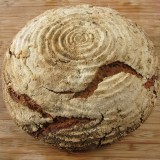
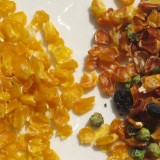
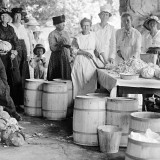

Good afternoon, Kelly (and Eric)…I am glad you are resting and I am glad that Eric gave us an update on your condition. You are in my daily prayers and I look forward to seeing a post from you when you are feeling better.
Portable soup? I will have to check this out. Hopefully it is tastier then the stuff in a package in the market!
Thank you Morninglory!
Thanks for sharing. My favorite part of the video was “If you’re not a historical re-enactor yet …”
I guess we’re all potential re-enactors!
Oh my goodness. I love this SO MUCH. I will be watching ALL of them.
Hang in there, Kelly. Feel better.
Thank you Tonya!
Hi Kelly! Good thoughts coming your way from Texas.
I’m sure that I will be binge-watching these videos as I did Tudor Monastery Farm, Wartime Farm, etc. Thanks for the tip on these videos.
I forgot about those videos! Looks like we have some more viewing to do . . .
I recently had the death plague that has been going around and there was one day that I understood how a virus could kill a person. To quote our soon-to-be-lost-to-us-President, let’s be clear: I was a healthy adult with a bad cold and there were moments I could not care for myself. I cannot *imagine* what the recovery from open-heart surgery is like. Take months. Take a year. Just recover.
Thanks Kyle–hope you are feeling better.
healing thoughts being sent from down under…..you might also enjoy ‘primitive technology’ – that is if you haven’t already discovered it.
tickled that you’re enjoying the vids. 🙂
definitely some great mind/soul food to keep the brain occupied while the rest of the bod is mending along. ((((((continued hugs and general warm fuzzies during your recovery.)))))). p
Actually the fellow in the videos is John, descendant of founder James. We too recently discovered his videos and are watching them with great relish. The old preservation techniques are of particular interest. Anyone keen on a more self sufficient lifestyle should take a look.
Barbara–thanks for the correction!
Pingback: The Primitive Technology Guy | Root Simple
I’m hooked! I think, however, that I will steer clear of the stitch water and the hog lice wine.
I’m a genealogist. These videos provide me with great context for my ancestors’ lives. It’s also very interesting to see the carry-over to today with some of the food preservation methods.
As I watched the video about baked beans, I was reminded of Dorothy Hartley’s note to American readers in the preface of her wonderful book, Lost Country Life: How English Country Folk lived, worked, threshed, thatched, rolled fleece, milled corn, brewed mead…
This book is based on the 16th century farming calendar of Thomas Tusser. In her “Note to American Readers,” Hartley says, “America begins where this book ends…Many homely survivals from the life in this book can still be found in America. Baked beans were winter food for Piers Plowman’s ‘little ones’ centuries ago…New England sugar-cured hams are the descendants of the mediaeval honey-cured bacon, and sweet-and-sour pickles derive from the two old English ways of pickling fruits and vegetables.” (p.viii)